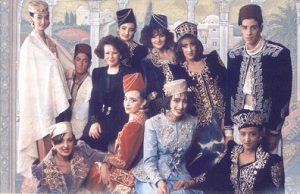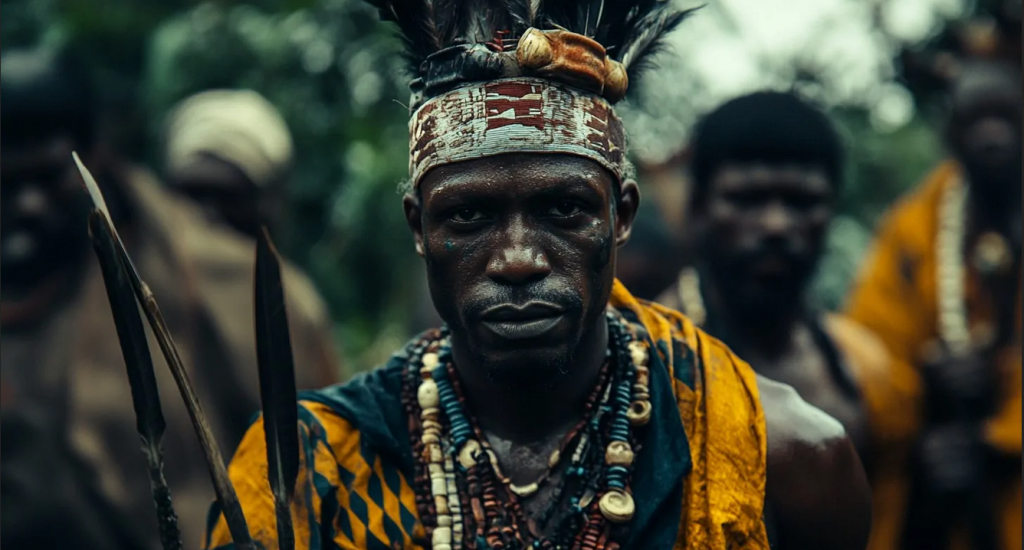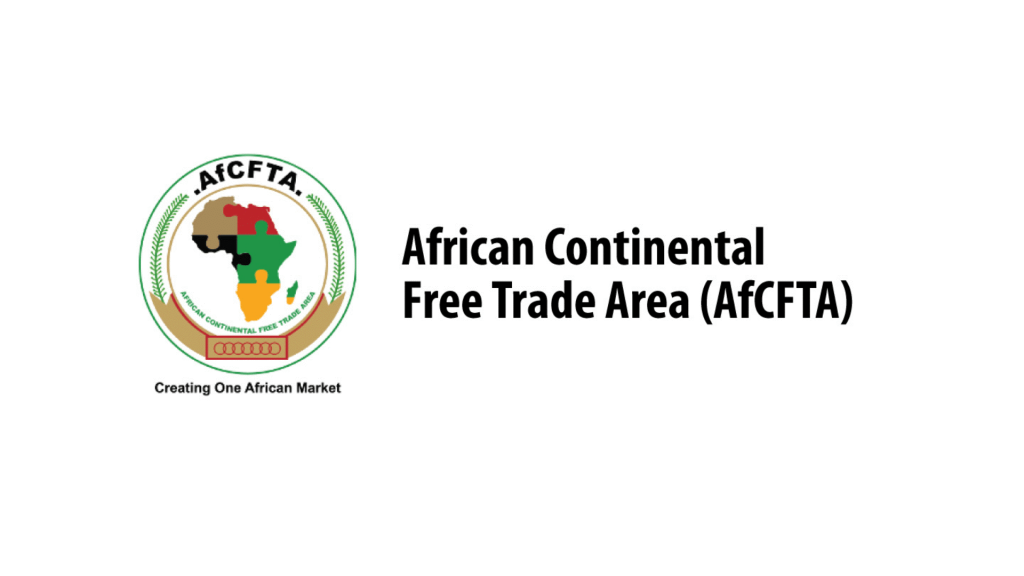Algeria is a country located in North Africa, and its cultural heritage is influenced by a mixture of Arab, Berber, and French cultures. The country has a diverse population, and the dressing code varies depending on the region and the occasion. In this essay, we will discuss Algeria’s dressing code in detail, including its cultural significance and the factors that influence it.
The traditional Algerian dress for men is a long, loose-fitting robe called a djellaba, which is usually made of wool or cotton. The djellaba has a hood and long sleeves and is often worn with a turban or fez on the head. Women, on the other hand, wear a kaftan or a long-sleeved dress called a djeba. The djeba is usually made of silk or cotton and has a loose-fitting design that covers the body, including the head, arms, and legs.
The Algerian dressing code is heavily influenced by Islamic beliefs and values. Muslims are required to dress modestly, which means that the clothing should cover the body from the shoulders to the ankles. Algerian culture is also patriarchal, which means that women are expected to dress modestly and cover their heads in public. Therefore, women in Algeria often wear hijabs, scarfs or veils to cover their hair.
In recent years, the Algerian dressing code has undergone some changes, especially among the younger generation. Young people in Algeria have become more liberal in their dressing choices, and they often wear Western-style clothing, such as jeans and t-shirts. However, this trend is not widespread, and many Algerians still adhere to the traditional dressing code.
In conclusion, Algeria’s dressing code is heavily influenced by its cultural heritage and Islamic beliefs. The traditional Algerian dress for men is a djellaba, while women wear a kaftan or a djeba. The dressing code requires modesty and the covering of the body from the shoulders to the ankles. However, the younger generation in Algeria has become more liberal in their dressing choices, and Western-style clothing is becoming more popular.





